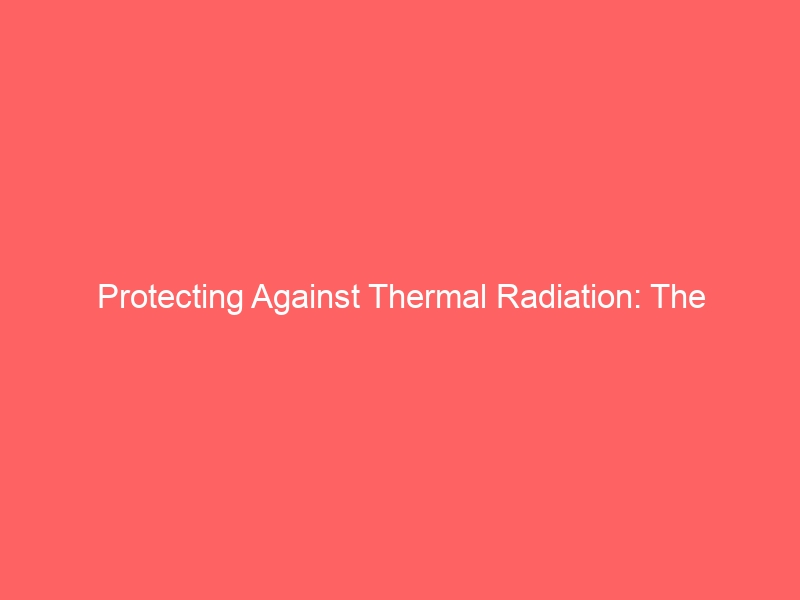Incinerators are crucial for waste management, but they pose a significant risk to workers due to the potential exposure to thermal radiation. Thermal radiation can cause severe burns and long-term health issues if not properly protected against. This is why Personal Protective Equipment (PPE) is critical for incinerator workers to ensure their safety.
With the right PPE, incinerator workers can protect themselves from the intense heat and radiation emitted by the incineration process. However, not all PPE is created equal, and it’s important to choose the right gear to ensure maximum protection.
Here’s the ultimate guide to incinerator PPE to help workers stay safe on the job:
1. Fire-resistant clothing: The first line of defense against thermal radiation is fire-resistant clothing. This includes flame-resistant coveralls, jackets, and pants made from materials like Nomex or Kevlar. These materials are designed to withstand high temperatures and protect the wearer from burns.
2. Heat-resistant gloves: Incinerator workers need gloves that can withstand extreme temperatures to handle hot materials and equipment. Look for gloves made from heat-resistant materials like leather or Kevlar with an extra layer of insulation for added protection.
3. Eye and face protection: Thermal radiation can also cause serious eye injuries, so it’s crucial to wear protective eyewear with shaded lenses to shield the eyes from intense light and heat. A face shield or welding helmet can also provide additional protection for the face in high-risk areas.
4. Respiratory protection: In addition to thermal radiation, incinerators produce harmful gases and particulates that can pose a threat to the respiratory system. Workers should wear respirators or masks with appropriate filters to protect against inhaling toxic fumes and particulate matter.
5. Insulated footwear: With the potential for hot surfaces and materials on the ground, it’s essential for incinerator workers to wear insulated, heat-resistant footwear to protect their feet from burns and other hazards.
6. Cooling vests: Working in high-heat environments can lead to heat stress and fatigue. Cooling vests with built-in cooling technology can help regulate body temperature and keep workers comfortable during long shifts.
7. Training and awareness: While PPE is crucial, it’s equally important for workers to receive proper training on the hazards of thermal radiation and how to use PPE effectively. Regular safety training and ongoing awareness initiatives can help prevent accidents and injuries.
By following this ultimate guide to incinerator PPE, workers can protect themselves against thermal radiation and reduce the risk of burns and other heat-related injuries. It’s essential for employers to provide the necessary PPE and ensure that workers are properly trained and equipped to handle the challenges of working in incineration facilities. With the right gear and knowledge, incinerator workers can carry out their duties safely and effectively.
Protecting Against Thermal Radiation: The Ultimate Guide to Incinerator PPE



